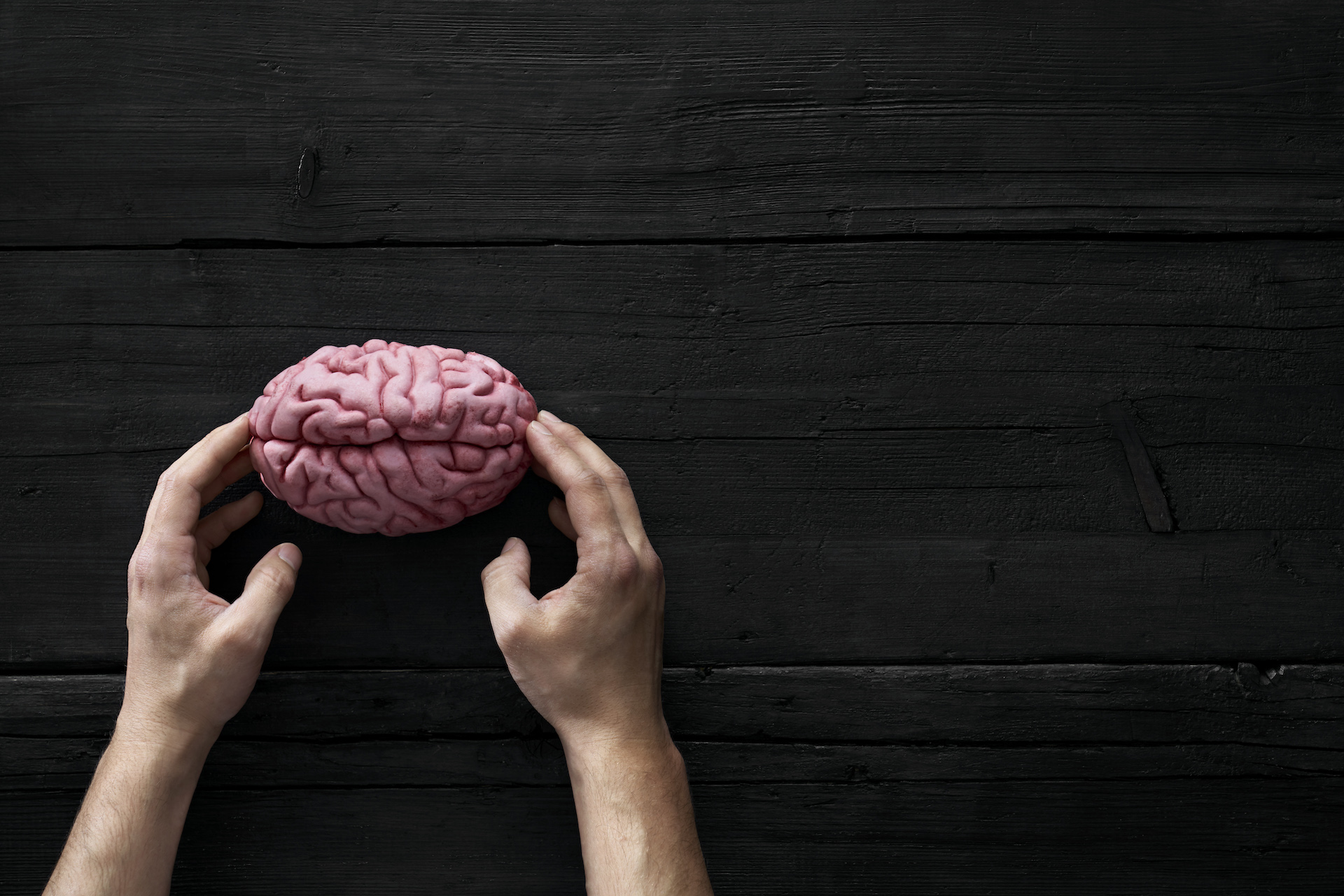Last Updated on: 22nd November 2023, 02:02 pm
By Patent Attorney Andrew Abramson, New Jersey
In the epoch of unceasing AI advancement, the delineation between perplexity and burstiness takes on renewed significance. The intricacy, encapsulated by perplexity, and the dynamism, embedded in burstiness, coalesce to fashion a textual tapestry. Traditional narrative constructs are juxtaposed against the modernity of AI-engineered scripts, raising an intriguing query – who claims dominion over AI-conjured content?
Historical Notions and Their Contours The annals of intellectual property jurisprudence have traditionally embraced human progenitors as the benefactors of legal guardianship. Be it the symphonic cadence of prose or the vivid pigments that grace canvases, these manifestations, bearing the essence of human cognition and sentiment, have found sanctuary under the mantle of law. However, the advent of AI-crafted content disrupts this paradigm. Machines, bereft of emotional constellations and volition, pose a quizzical predicament – how does one vest ownership in these artifices?
The Legal Landscape at Present Across global jurisdictions, the imprimatur of human endeavor as a sine qua non for copyright recognition holds sway. In the United States, the Copyright Office has asserted that outputs emanating sans human intercession or devoid of artisanal intervention elude eligibility for registration. Hence, the preponderance of AI-forged content, in its current instantiation, meanders beyond the aegis of copyright’s protective haven.
The Claimant Conundrum Yet, if not the AI entity itself, then who assumes the mantle of proprietorship? The author of the AI algorithm? The operator or wielder of the algorithmic apparatus? The custodian of the data that nurtured the AI’s cognitive dexterity?
An analogue can be drawn to the domain of photography. Wherein, although the camera captures the tableau, the photographer, through his discernment in selecting angles, manipulating illumination, and curating the subject matter, lays claim to copyright. Analogously, proponents of AI tools might posit that their custodianship emanates from their judicious curation of data, judicious parameterization, or selective utilization of the technological contrivance. Conversely, the creators of these algorithms might assert their proprietary entitlement based on their cardinal role in the AI’s generative inception.
Casting a Gaze Forward: A Prospective Panacea? A growing refrain calls for the inception of a unique rubric of intellectual ownership specifically calibrated for AI-minted content. Analogous to the protective moorings of trademarks, patents, and copyrights which respectively shelter distinct intellectual facets, a nascent category could furnish an edifice that reveres the idiosyncratic ethos of AI-driven content.
The notion of “AI-entitlements” could proffer a resolution by delineating cogent ownership frameworks, envisaging either a shared custodianship regime between architects and operators or engendering a neoteric incarnation of circumscribed entitlements for AI-originated content.
Ineluctable Denouement The role of AI in the creation of textual opuses conveys both prospects and predicaments. As the prowess of AI mechanisms burgeons, the legal schema must evince an adaptive sinecure, one that orchestrates a fair and efficacious scaffolding, consonant with human ingenuity while commemorating the epochal contributions of algorithms. “Though the judicature’s inertia in metamorphosis is conspicuous, it is incumbent upon it to attune to these novel quandaries engendered by AI.”
Meanwhile, purveyors of AI technologies and their conjurors must remain vigilant and proactive, espousing legal counsel when enlisting AI’s virtuosity for content curation. Amid these uncharted tides, it becomes incumbent to strike an equilibrium that not only nurtures ingenuity but also safeguards the entitlements of all stakeholders.




